Congratulations on the birth of your baby! Healthy families choose WIC – it’s a choice to be proud of, and we are excited you are here.
As a new mom with WIC, you can:
Sincerely,
Your WIC staff

Eat regular meals and choose a variety of whole grains, vegetables, fruits, dairy, and protein foods.
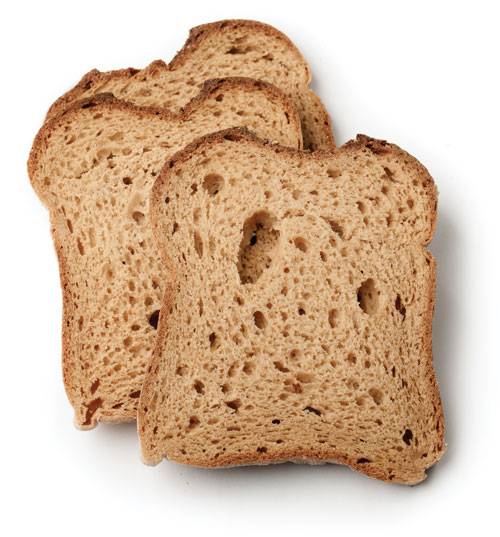

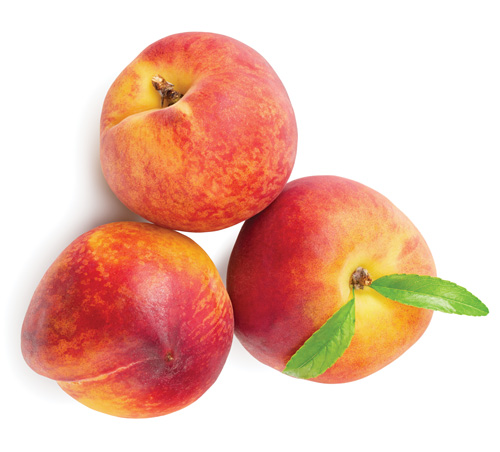
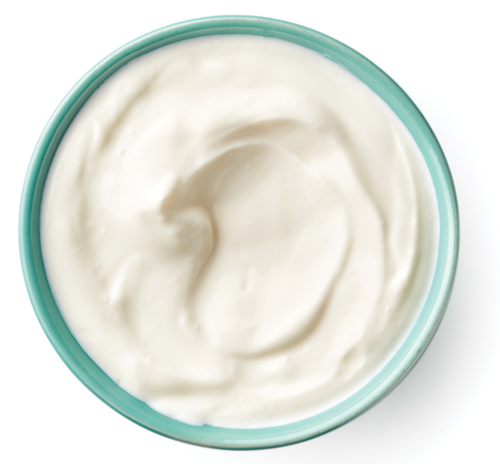
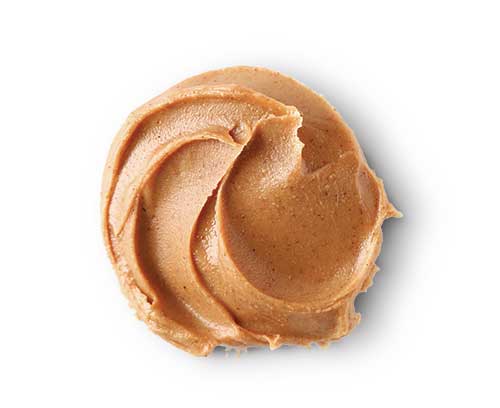
You and your baby do best when you eat regular meals and snacks. Here is a sample menu using some foods you can purchase with your WIC benefits.
Get your body in shape with WIC foods. They give you:

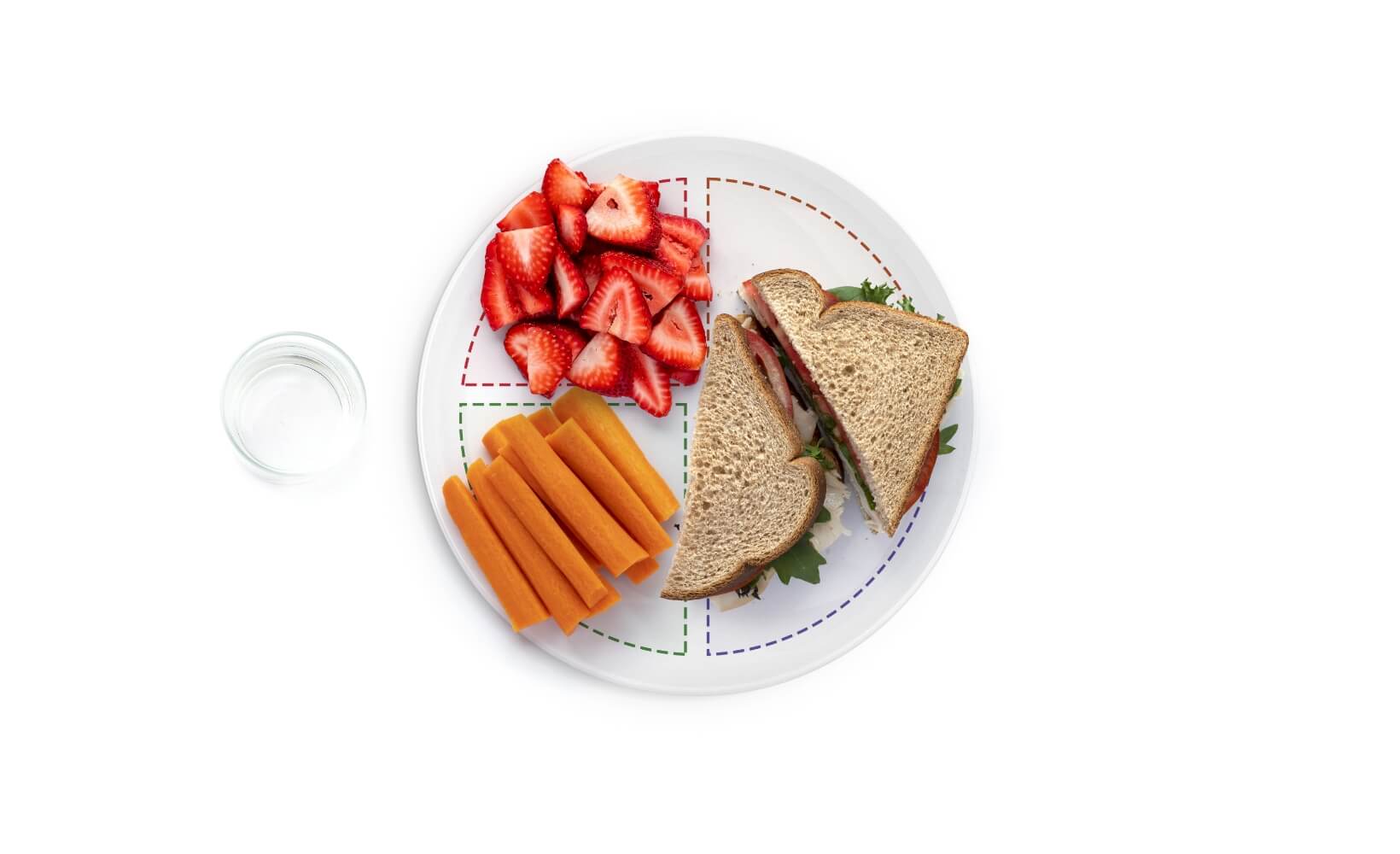


Make time for breakfast. It helps you get through the day. Here are a few ideas. Choose one or more foods from each group below.
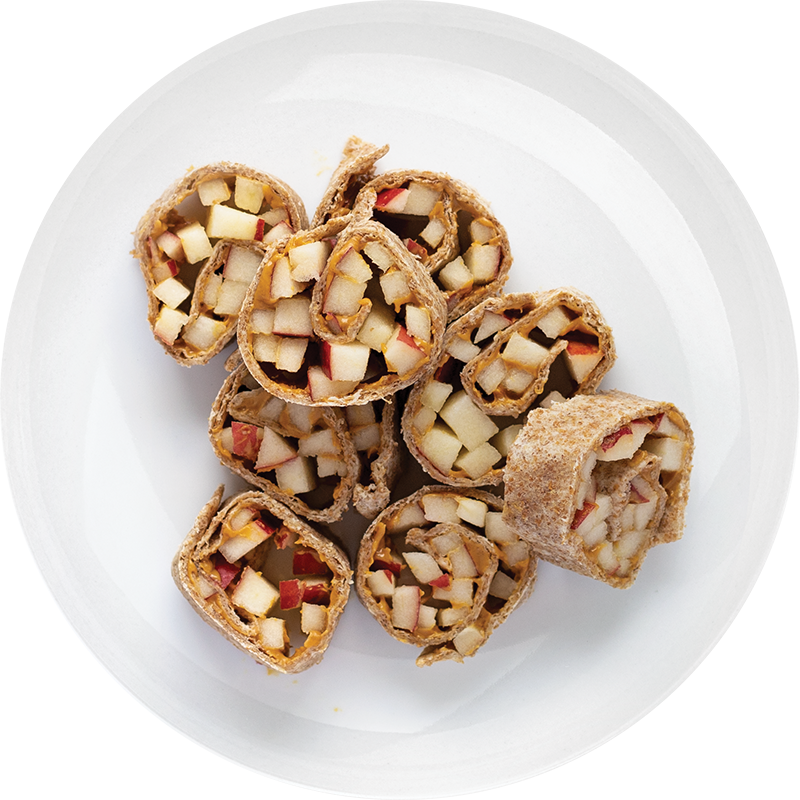

Folic acid is a vitamin that every cell in your body needs. This vitamin might protect you from a heart attack, stroke, and cancer. If you become pregnant again, it protects your unborn baby from birth defects in their spine and brain which develop very early in pregnancy. It is recommended to get at least 400 micrograms (mcg) every day.
After childbirth, your body’s iron level may be low. This can make you feel weak and tired. Your healthcare provider may recommend a vitamin with iron or to continue taking your prenatal vitamin.
Combine iron rich foods with foods high in Vitamin C. Eating these together helps your body absorb more iron from the food you eat.
Small changes can make a big difference in helping you feel good, have more energy and lose weight. There are many tips that moms have shared that worked for them.
Your body stays fit when you move it. If your healthcare provider says it’s okay, stay active. Walking, stretching, and swimming are a few good ways.
Take it easy, at first. Your body needs to heal. Ask your healthcare provider what you can do and when you can do it.
Start with a 5 or 10 minute walk. After one week, walk a little longer or farther. Set a goal that works for you.
You can also find other fun and free workout programs/videos online.
Get used to one change before you make the next one.
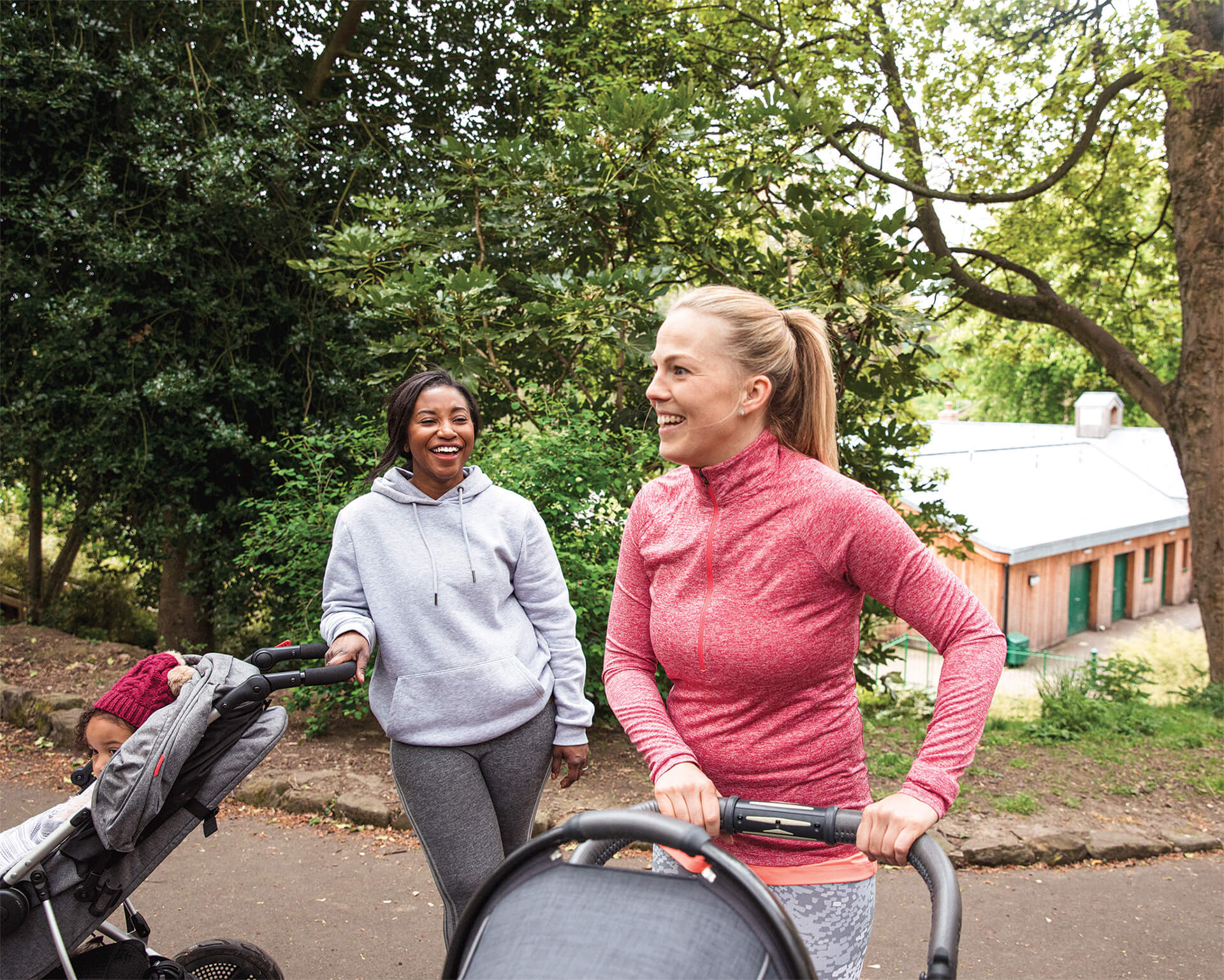
Your body stays fit when you move it. If your healthcare provider says it’s okay, stay active. Walking, stretching, and swimming are a few good ways.
Take it easy, at first. Your body needs to heal. Ask your healthcare provider what you can do and when you can do it.
Start with a 5 or 10 minute walk. After one week, walk a little longer or farther. Set a goal that works for you.
Get used to one change before you make the next one.
Most new moms get the Blues. They cry, feel sad, and have mood swings. This can last up to 2 weeks. If the feelings continue and get worse, you could have Postpartum Depression.
If you think you might have Postpartum Depression, talk with your healthcare provider to get help. You deserve to feel well.
If you have thoughts of harming yourself or your baby, get help right away.
Any of these feelings that last more than 2 weeks:

When your baby is hungry, they may:

When your baby is full, they may:

When I am ready to play.
As your newborn gets older, you will be better able to tell when they are ready to interact, learn, or play.
When your baby is asking you to help them learn more about you and their new world, they may:

When I need something to be different.
As you get to know your baby, you will begin to learn what they are trying to tell you. This takes time.
When your baby needs a break from playing and learning or needs some quiet time, they may:
Breastfeeding is natural, but may take time and practice. You and your baby are learning in the first 3 weeks. It gets easier after that.
Get your rest. You will have more energy for your baby.
Drink water, milk, and 100% juice when you are thirsty. Have a beverage ready to drink while you breastfeed.
Babies who are breastfed:
Moms who breastfeed:
Whether you choose to feed your baby breast milk or formula, your baby counts on you to help them do well eating. For information on paced bottle feeding, visit the 0-6 month feeding guide.
Keep you and your baby healthy by avoiding tobacco or nicotine products, alcohol, marijuana, and other drugs. If you are planning another pregnancy, we can help you with resources to stop or reduce use of tobacco, nicotine, alcohol, or drugs.
Smoking or using tobacco or nicotine products can impact your health. Smoke or vapor from cigarettes or vape pens can impact others around you. Smoking around babies or children can increase their risk for colds, ear infections, Sudden Infant Death Syndrome (SIDS), or asthma.
Consider a no smoking rule for your home and vehicles. Ask people to not smoke around you and your baby.
We know how difficult it is to quit or reduce tobacco or nicotine products. If you are struggling to quit or reduce your use, we have resources for you. Visit www.quitnow.net for support with quitting tobacco or nicotine use including free coaching, a free quit plan, and educational materials.
Avoiding alcohol, marijuana, and other drugs is recommended to keep you and your baby or older children healthy and safe. We have resources to support your efforts to stop or reduce your use.
For support with quitting alcohol, marijuana, or other illegal drug use, contact your healthcare provider or visit www.findtreatment.gov.
Side-Lying Hold
This hold is useful when:
Cross-Cradle Hold
This hold is useful when:
Clutch or “Football” Hold
This hold is useful when:
Cradle Hold
This hold is useful when:
Laid-Back Hold
This hold is useful when: